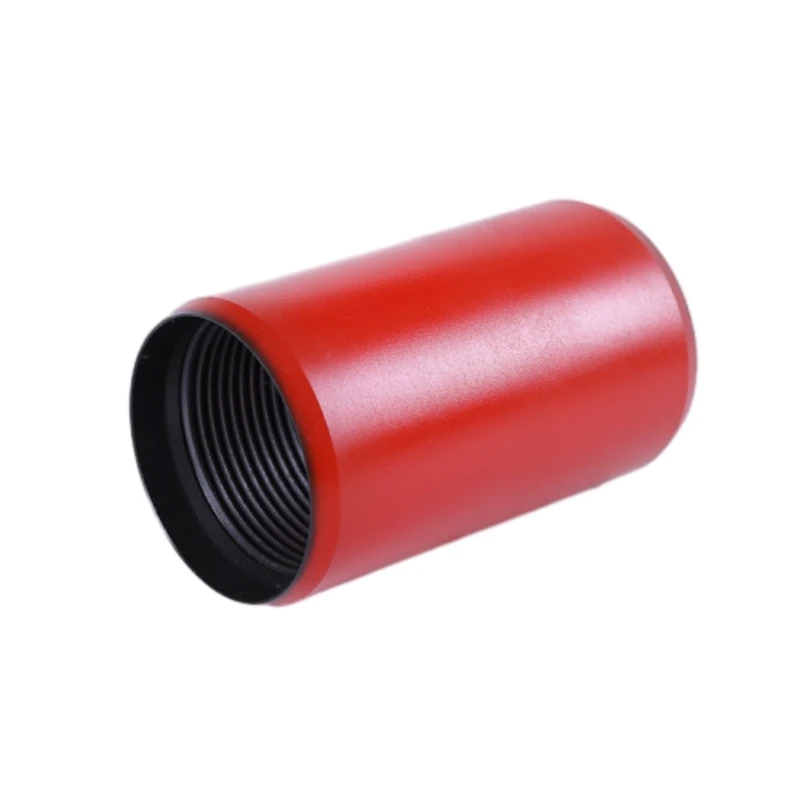- Afrikaans
- Albanian
- Amharic
- Arabic
- Armenian
- Azerbaijani
- Basque
- Belarusian
- Bengali
- Bosnian
- Bulgarian
- Catalan
- Cebuano
- Corsican
- Croatian
- Czech
- Danish
- Dutch
- English
- Esperanto
- Estonian
- Finnish
- French
- Frisian
- Galician
- Georgian
- German
- Greek
- Gujarati
- Haitian Creole
- hausa
- hawaiian
- Hebrew
- Hindi
- Miao
- Hungarian
- Icelandic
- igbo
- Indonesian
- irish
- Italian
- Japanese
- Javanese
- Kannada
- kazakh
- Khmer
- Rwandese
- Korean
- Kurdish
- Kyrgyz
- Lao
- Latin
- Latvian
- Lithuanian
- Luxembourgish
- Macedonian
- Malgashi
- Malay
- Malayalam
- Maltese
- Maori
- Marathi
- Mongolian
- Myanmar
- Nepali
- Norwegian
- Norwegian
- Occitan
- Pashto
- Persian
- Polish
- Portuguese
- Punjabi
- Romanian
- Russian
- Samoan
- Scottish Gaelic
- Serbian
- Sesotho
- Shona
- Sindhi
- Sinhala
- Slovak
- Slovenian
- Somali
- Spanish
- Sundanese
- Swahili
- Swedish
- Tagalog
- Tajik
- Tamil
- Tatar
- Telugu
- Thai
- Turkish
- Turkmen
- Ukrainian
- Urdu
- Uighur
- Uzbek
- Vietnamese
- Welsh
- Bantu
- Yiddish
- Yoruba
- Zulu
casing and tubing connections
Casing and Tubing Connections in Oil and Gas Operations
In the oil and gas industry, one of the critical components in well construction and integrity is the use of casing and tubing. These structures are essential for ensuring the efficient extraction of hydrocarbons while protecting the surrounding environment. Understanding the connection mechanisms of casing and tubing is vital for engineers and technicians alike, as they significantly influence overall well performance and safety.
Casing Overview
Casing refers to the steel pipe installed in a wellbore to maintain borehole integrity, provide support to the surrounding formations, and isolate different geological layers. It serves multiple purposes, which include preventing the collapse of the well, protecting freshwater aquifers from contamination, and providing a conduit for production tubing.
Casing is typically categorized into several types based on its function and position within the wellbore
1. Surface Casing Installed at shallow depths, it protects freshwater zones and secures the wellhead. 2. Intermediate Casing Aimed at stabilizing the wellbore during drilling operations, it also provides additional protection to eliminate pressure and fluid migration between formations. 3. Production Casing This is the last casing string installed, directly communicating with the hydrocarbon-bearing formations.
Tubing Overview
The tubing, which is inserted inside the production casing, serves as the conduit to transport the hydrocarbons (oil and gas) to the surface. Tubing is generally smaller in diameter than casing and faces different operational pressures and stresses. The primary function is to allow for the efficient extraction of hydrocarbon resources while also allowing for the injection of fluids when required.
Connection Mechanisms
casing and tubing connections

The performance of casing and tubing is heavily reliant on the integrity of their connections
. These connections are critical due to the high pressures and harsh environmental conditions found in subsurface operations.1. Welded Connections While not commonly used in modern applications due to the complexity of welding in the field, welded joints provide a permanent connection but lack the flexibility needed for downhole adjustments.
2. Threaded Connections This is one of the most widely used methods to connect casing and tubing. Threaded connections allow for easy installation and removal, which are beneficial when making repairs or replacing sections of the casing or tubing. API (American Petroleum Institute) standards govern the design and dimensions of threads used in these connections, ensuring interoperability and reliability across different manufacturers.
3. Couplings These are additional components used to connect two pieces of tubing or casing. Couplings can be threaded or welded and can help facilitate a stronger joint by providing additional material at the connection point.
4. Mechanical Connections Emerging technologies are introducing mechanical connections that rely on mechanical means, such as locks and clamps, rather than traditional threaded or welded joints. These innovations promise enhanced safety and ease of installation, making them attractive for some new applications.
Importance of Quality Control
Given the potential for high-pressure and high-temperature conditions in oil and gas operations, ensuring the quality of casing and tubing connections is paramount. Flawed connections can lead to catastrophic failures, including blowouts, leaks, or equipment damage. Rigorous quality control inspections, including non-destructive testing (NDT) methods, are vital to assess the integrity of threaded joints and welded sections.
Conclusion
The connections between casing and tubing are of utmost importance in the oil and gas industry. They ensure the structural integrity of the well, safeguard the environment, and facilitate the efficient extraction of resources. As technology advances, continuous innovation in connection designs and materials is essential to enhance safety and performance. Understanding these connections' nuances enables engineers and field technicians to optimize well design and maintain the highest operational standards in this critical industry.
-
Tubing Pup Joints: Essential Components for Oil and Gas OperationsNewsJul.10,2025
-
Pup Joints: Essential Components for Reliable Drilling OperationsNewsJul.10,2025
-
Pipe Couplings: Connecting Your World EfficientlyNewsJul.10,2025
-
Mastering Oilfield Operations with Quality Tubing and CasingNewsJul.10,2025
-
High-Quality Casing Couplings for Every NeedNewsJul.10,2025
-
Boost Your Drilling Efficiency with Premium Crossover Tools & Seating NipplesNewsJul.10,2025







